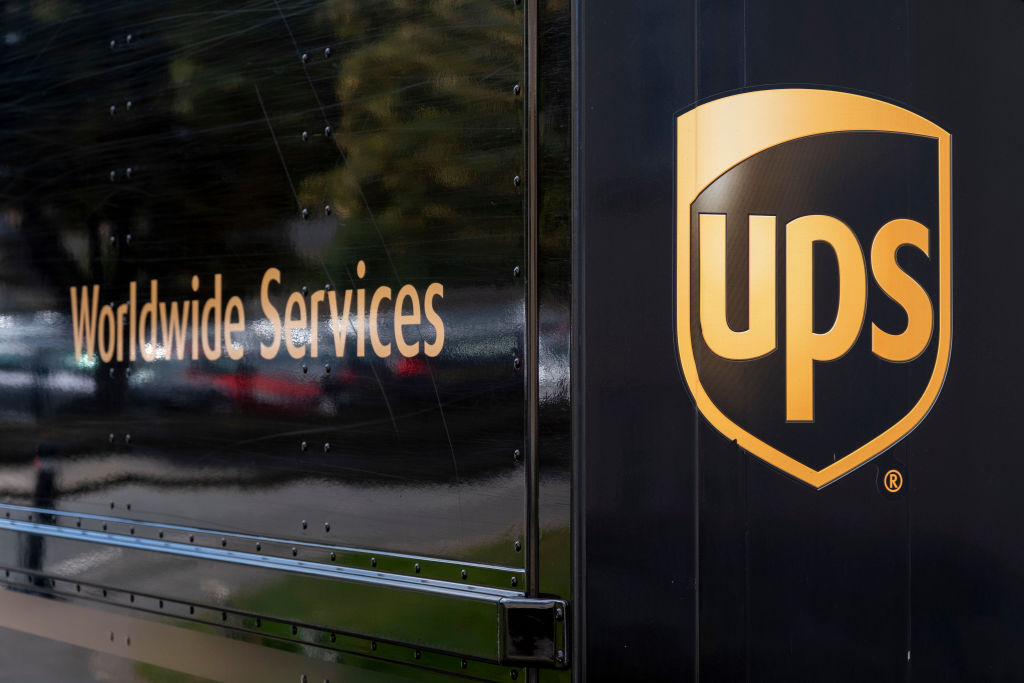
United Parcel Service (UPS) shares are plummeting in Tuesday's session, with the logistics giant heading toward its biggest one-day loss ever, according to MarketWatch. Sparking the selloff in UPS stock is the company's disappointing Q2 earnings results and downwardly revised full-year outlook.
For the three months ended June 30, UPS reported a 1% year-over-year decline in revenue to $21.8 billion, due in part to a 2% decline in its domestic segment. The company's earnings per share (EPS) declined 30% from the year-ago period to $1.79.
"This quarter was a significant turning point for our company as we returned to volume growth in the U.S., the first time in nine quarters," UPS CEO Carol Tomé said in a statement. "As expected, our operating profit declined in the first half of 2024 from what we reported last year. Going forward we expect to return to operating profit growth."
The results came up well short of analysts' expectations. Wall Street was anticipating revenue of $22.2 billion and earnings of $1.99 per share, according to CNBC.
As a result of its performance in the first half of the year, United Parcel Service updated its full-year outlook. Here's what the company expects to achieve now versus its previous guidance:
On a positive note, UPS said it is restarting its stock buyback program and is targeting around $500 million in share repurchases in 2024. Stock buybacks can boost value for shareholders.
Is UPS stock a buy, sell or hold?
Wall Street is bullish on the industrial stock despite underperformance in recent years, including a more than 19% decline on a price basis so far in 2024. According to S&P Global Market Intelligence, the average analyst target price for UPS stock is $161.53, representing implied upside of nearly 30% to current levels. Additionally, the consensus recommendation is a Buy.
However, it could take time for UPS to find its footing operationally.
"The current overcapacity situation is putting significant pressure on carriers, and one of our experts thinks shippers have renegotiated contract rates with the likes of UPS and FedEx (FDX), reducing rates by 14-17%," Third Bridge analyst Anthony DeRuijter said in an emailed statement. "It could take six quarters before demand catches up to capacity, given the investments made during the pandemic boom era."







